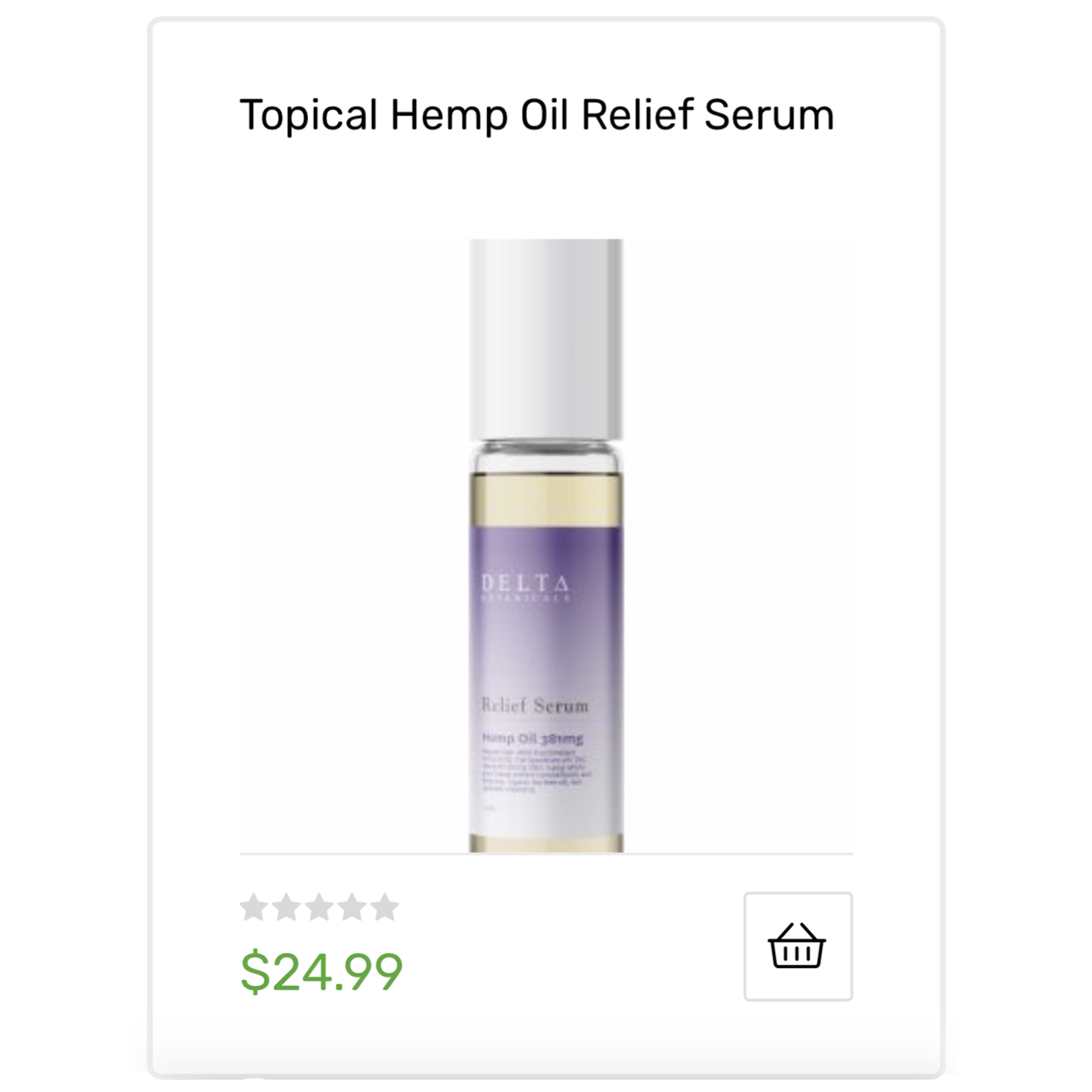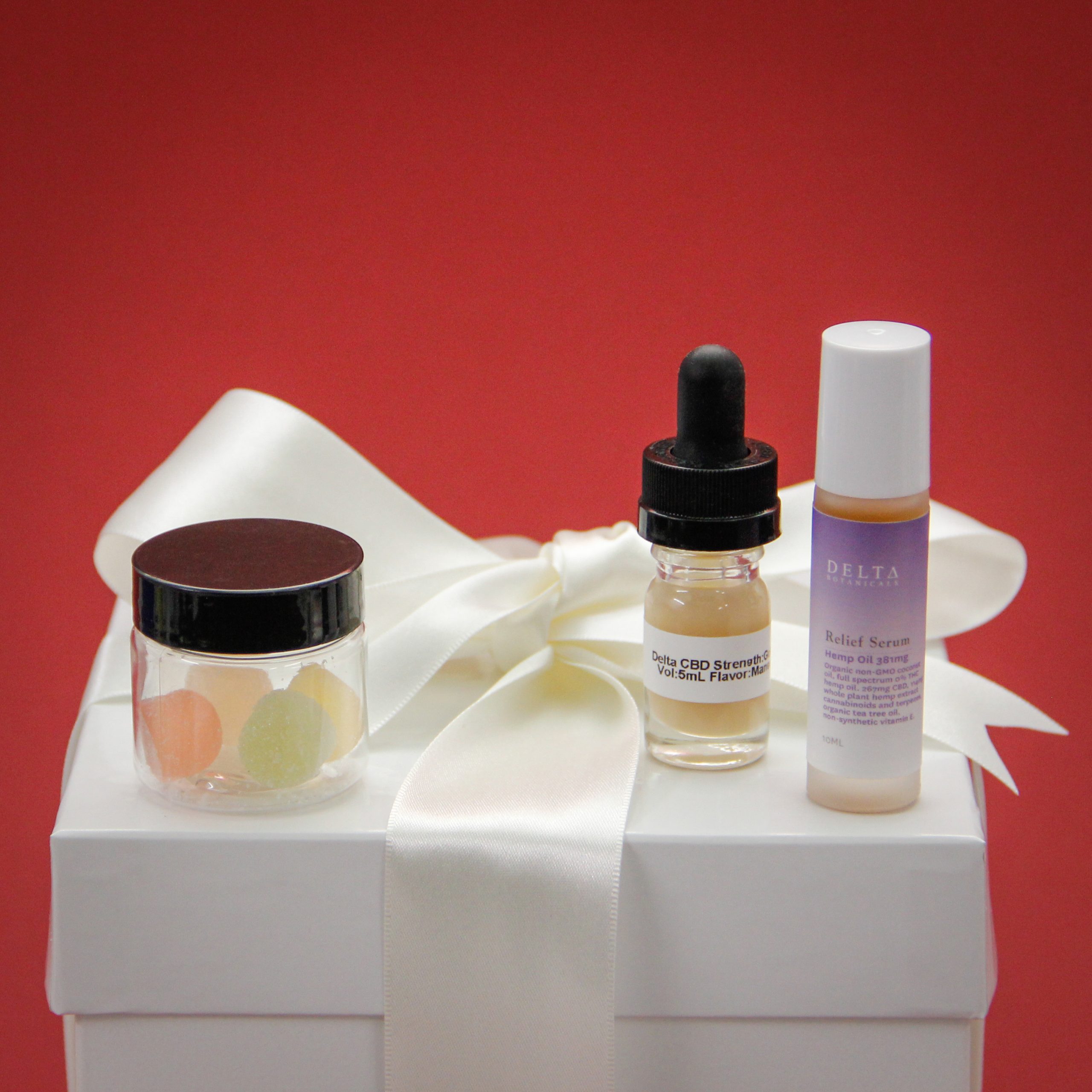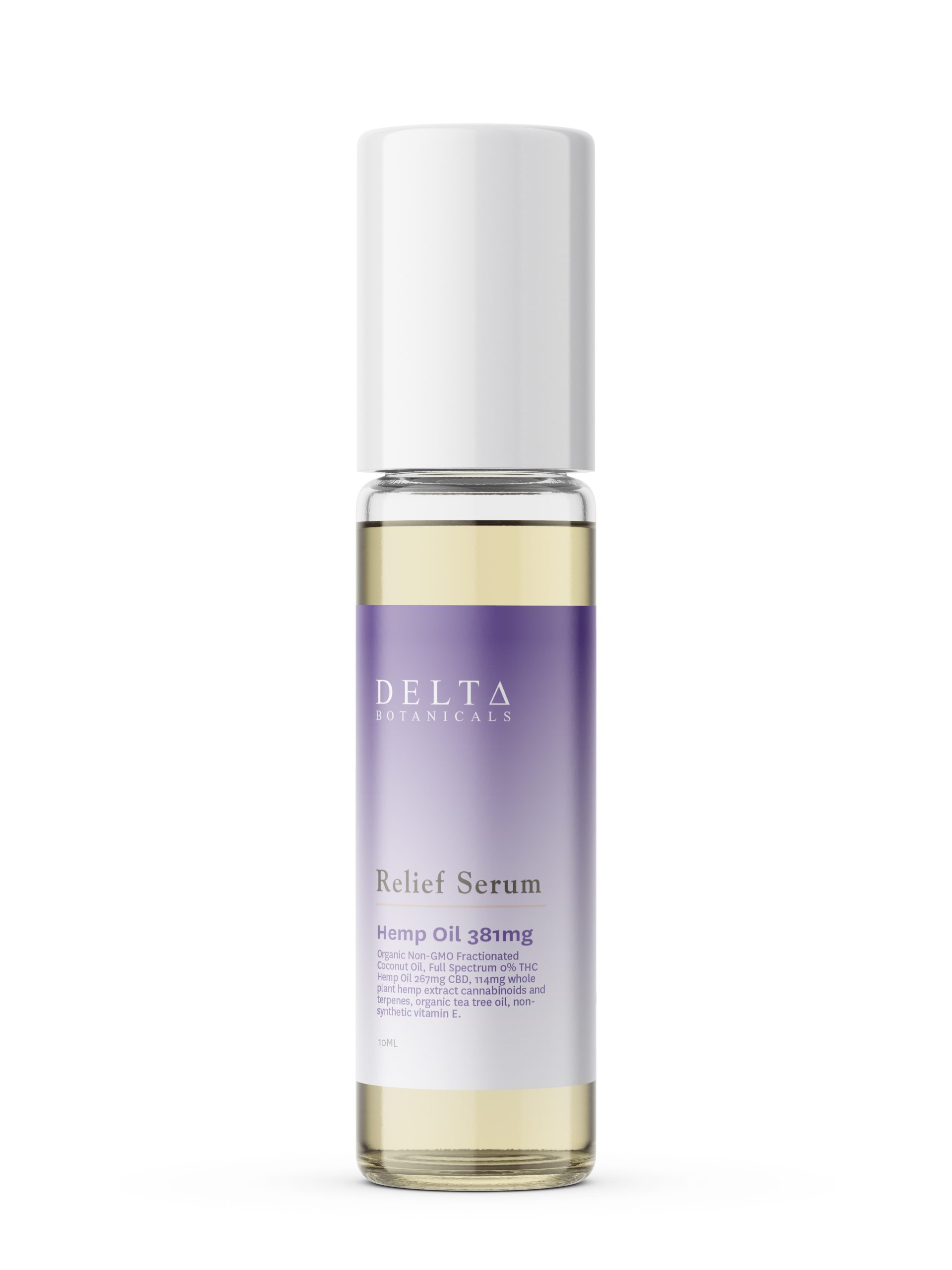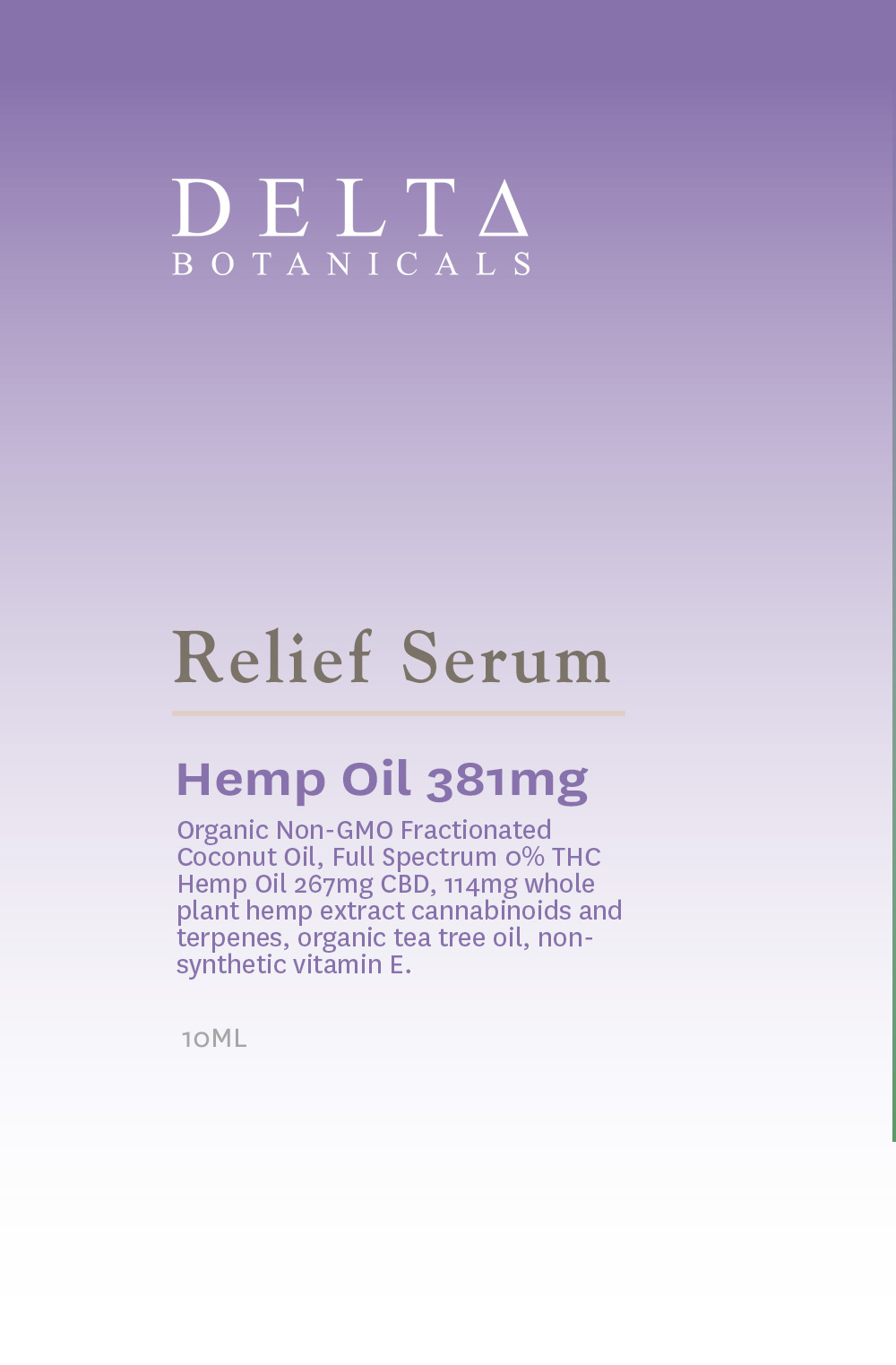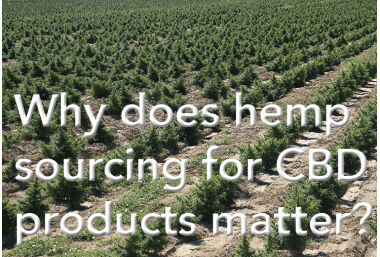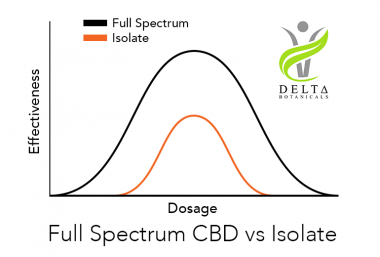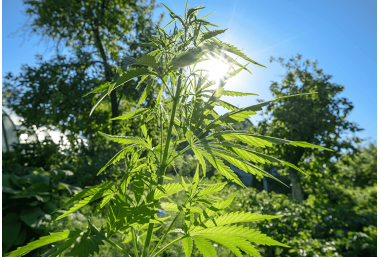Category: Featured Blog Posts
How to shop for CBD presents for your friends and family
What makes a great gift? Often, a great gift is that which your loved one wouldn’t have purchased for themselves. Each holiday season since 2012, we have had more and more Delta customers asking us how to choose the right gift for their relatives, significant others, and co-workers.
As we approach 2020, many people still don’t know that CBD can help with a variety of conditions. They don’t understand that it is legal, safe, and readily available. The gift of relief is not soon forgotten. So how do you choose what to give?
First, consider what condition the recipient of your gift is trying to address. For low-severity conditions like anxiety, a small amount of CBD can be very effective. Consider our gummies, which are delicious and simple to take (each gummy provides 10mg of CBD):
For high-severity conditions like chronic pain, consider our newest generation of oral tinctures, which are liquids that you administer by mouth:
If your loved one is struggling with facial blemishes or dermatological conditions such as psoriasis, consider Delta’s new Relief Serum™:
You should also consider whether the gift recipient is familiar with CBD. If they aren’t, we definitely recommend our gummies. Gummies are simple and don’t require complex instruction for use. And, because we don’t use high fructose corn syrup (HFCS) in our recipe, they have substantially higher bioavailability which may be very effective for some high-severity conditions.
If the recipient of your gift has some experience with CBD, you should consider some of the more unique Delta product offerings. For instance, we produce the strongest oral tincture currently available on the market.
Finally, as with any gift, you have to consider your budget. Gummies make great stocking stuffers. Our new 5-pack of 4-ct. gummies (20 gummies total), gives you the ability to share the benefits of CBD to more people with ease.
These make great gifts for coworkers or extended family.
If you are looking for a more substantial gift to, say, your grandmother who has chronic pain, consider our CBD Starter package, which allows a comprehensive approach toward addressing the condition via a variety of application methods.
Whichever product you choose for your acquaintance, friend, or loved one, you can rest assured that a Delta CBD gift will be remembered fondly. You are giving a meaningful and unique gift that conveys your care for that person. Happy holidays!
Our new cooking oil with CBD!
Introducing: Delta Botanicals Coconut Oil + Phytocannabinoid Rich Hemp Oil
If you’ve been looking for different ways to add CBD to your health routine, we’ve got a great new option for you! Why not incorporate CBD into the very foods you’re already eating with our cooking oil?
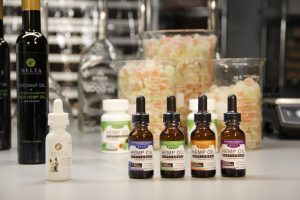

Coconut oil has received a lot of attention for its great health properties, such as supporting the immune and digestive systems, providing antioxidants, and many others. It could be the case that you’re already cooking with coconut oil, and that’s great. We realized that combining CBD and coconut oil was a convenient way you could get both the benefits of CBD and coconut oil at once, right as you’re cooking and baking. This way you can get CBD without having to add another step to your daily routine. You have to eat, right?
Our Coconut Oil + Phytocannabinoid Rich Hemp Oil can be used in place of butter and oil in most recipes. There’s no need to refrigerate, it has a very stable and long shelf life. If you like, you can freeze single portions in an ice cube tray and then store them in an airtight container for pre-measured serving sizes to toss in the pan when you’re ready to use them.
We have experimented with a few recipes and these are our favorites so far. Give them a try or get creative!
Morning Boost Smoothie
Ingredients
- 2 tablespoons Delta CBD Cooking Oil
- 1 tablespoon chia seeds
- 1 ½ ounces kale or spinach (frozen or fresh)
- 10 ounces frozen pineapple
- 2 ounces orange juice
- 1 scoop vanilla protein powder (optional)
Make this smoothie in three simple steps:
- Blend coconut oil, chia seeds, kale/spinach
- Add remaining ingredients and blend until smooth.
- Drink immediately, and enjoy!
Easy Banana Mini Muffins
(makes 12 mini muffins)
Ingredients:
- 1 cup whole wheat flower
- 1/4 cup Delta CBD Cooking Oil
- 2 eggs
- 2 ripe bananas, mashed
- 1 teaspoon baking soda
- ¼ cup honey or maple syrup
- 1 teaspoon ground cinnamon (optional)
- Preheat oven to 350.
- Grease mini muffin tray with coconut oil and set aside.
- Take large mixing bowl (or food processor with S blade) and add ingredients as follows:whole wheat flour, Coconut Oil+ Phytocannabinoid Rich Hemp Oil, eggs, mashed bananas, baking soda, maple syrup/honey, cinnamon.
- Blend until mostly smooth (some banana chunks are ok).
- Spoon the batter into muffin tray and bake 10-15 minutes until cooked through.
- Flip muffin tray onto cooling rack to cool to room temperature.
- Muffins can be frozen or stored for up to 5 days.
Chocolate Chip & Coconut Oil Cookies
- ¾ cup Delta CBD Cooking Oil
- 2 1/4 cup flour
- 1 cup brown sugar
- ½ cup sugar
- 2 eggs
- 1 tsp vanilla extract
- 1 tsp salt
- 2 cups chocolate chips
- Preheat oven to 350 F
- Line baking sheet with parchment
- Beat coconut oil and sugars until light and fluffy, add eggs one at a time, mix in vanilla
- Combine flour, baking powder and salt in small bowl. Slowly add flour mixture to mixer. Stir in chocolate chips.
- Scoop dough into 2 tbsp rounds. Place on baking sheet
- Bake 10-12 minutes, until bottoms are golden brown
Lime and Coconut Salad Dressing
- ½ cup cilantro, lightly packed
- 1 jalapeno
- 1 teaspoon lime zest +1/4 cup lime juice
- ¼ cup stirred coconut milk
- ½ teaspoon Dijon mustard
- ½ teaspoon fine salt
- ½ teaspoon sugar
- ¼ cup Delta CBD Cooking Oil
- Blend cilantro, lime zest and juice, coconut milk, salt, sugar, mustard, and jalapeno and puree until smooth, about one minute.
- With motor still running, slowly drizzle in coconut oil until an emulsion begins to form.
- Allow dressing to reach room temperature before serving.
- Use immediately, or cover and refrigerate for 3 days.
How Does CBD Work?
How CBD affects the endocannabinoid system.
CBD is becoming a commonly used term, and that’s a good thing! And while people may be familiar with the effects CBD, the science of how CBD interacts with the human body is a much more complex topic that many don’t understand.
Part of that is because the amount of research on CBD and the human body is very preliminary. Although a search on PubMed for the term “cannabinoid” yields 21,250 hits (and that may seem like a lot), scientists are calling for more extensive, wider-range, large-scale studies. One of the biggest barriers to research in the U.S. is the FDA’s classification of cannabis as a Schedule 1 substance, deeming it to have no medicinal value. This makes access to this plant for a federally approved study very difficult.
Regardless of these issues, the international scientific community has made significant discoveries with respect to the human body and how it interacts with cannabis. One of the most important discoveries came to light in the 90s- the existence of a physiological system present in humans (and mammals) called the endocannabinoid system. From now on we will refer to it as the EC system, just to shorten it.
The EC system is a network of receptors located throughout the body that respond to cannabinoids. The human body produces cannabinoids, which are referred to as endocannabinoids. This system also responds to cannabinoids from cannabis and other plants, like THC and CBD. The primary purpose of the EC system is to achieve homeostasis, or a balance, of the body and its various systems.
The two primary receptors in this system (that have been discovered so far) are CB1 and CB2. CB1 receptors are mostly found in the brain and nervous system, while CB2 is more present in the immune system. Both receptors are present at intersections of the body’s systems, which may point to how CBD and THC can have so many different effects on the body. THC, the psychoactive compound in cannabis, binds to CB1 receptors, and is that is the mechanism through which a user gets the “high” feeling from cannabis.
So, how does CBD work with these receptors? It’s a bit more nuanced than the direct way THC connects to CB1 receptors. CBD actually does not bind to either receptor. CBD prevents the activation of the CB1 and CB2 receptors by other cannabinoids and endocannabinoids. That is why CBD can help mitigate the effects of THC on the body.
At this point, you might be thinking, “well ok, CBD can stop someone from getting too high, but how does it cause all the benefits associated with CBD?” The presence of CBD in the body stops the breakdown of endocannabinoids (these are the cannabinoids the body naturally produces, remember?), which help the EC system work to achieve homeostasis. CBD also binds to other receptors in the body, ones that are associated with anxiety, depression, appetite, sleep, pain perception, nausea, and anti-inflammation. Either by enhancing or decreasing the way those receptors are activated, CBD works to have a positive effect on those receptors, and in turn, our physiological well-being.
This is a very brief and broad explanation about how CBD works within the human body. If you’re interested in learning more, please visit some of the links below. There is a lot to learn!
An Introduction to the Endocannabinoid System
The Endocannabinoid System and Pharmacotherapy
Full Spectrum CBD vs Isolate
The market is flooded with CBD companies right now. There are so many companies these days selling CBD in all different kinds of forms: oils, tinctures, salves and balms, edibles, crystals and powders.
In an unregulated market like the CBD industry, there are no regulations with respect to the production and labeling of CBD products, it falls on us as a company to be as transparent as possible to build trust with our customers.
That starts with knowing your terms, and some of the most important terms to understand are full-spectrum and isolate.
When a CBD product is referred to as full-spectrum, it means that it includes all the other cannabinoids found in the source plant. So, the extraction process used on hemp or marijuana pulls the CBD from the plant, and also the other cannabinoids found in it.
CBD isolate, on the other hand, is just istolated strain CBD, separated from the other cannabinoids typically found in the hemp plant. Most companies use CBD isolates for cost savings.
Not Delta Botanicals. We pride ourselves in using full spectrum hemp. In our unique process, our chemists remove all residual traces of THC. That means you receive the effects of the full plant (including CBD, CBG, CBN, and beneficial terpenes) without any detectable trace of THC.
I hear you asking, “Is there a difference between the two? Wouldn’t CBD isolate be better, since it’s just CBD?”
You might think so, but check this out—the Lautenberg Center for General Tumor Immunology in Jerusalem conducted a study that examined the effectiveness of CBD isolate versus full-spectrum CBD extract. They concluded that CBD isolate yields a bell-curve of effectiveness (it becomes less effective after a certain point) while full-spectrum CBD continued to be effective in providing pain relief with an increase in dosage.
All of the tests performed for this study indicate that CBD isolate is limited in effect, while full-spectrum CBD provides more relief as the dosage goes up.
Beyond that, the study found that full-spectrum CBD extract has qualities that can aid in pain relief that aren’t found in common anti-inflammatory drugs. You can read more about the study, its methods, and results here.
Using a full-spectrum CBD extract allows for what scientists refer to as the “entourage effect”. This means that CBD works more effectively in the presence of the many other cannabinoids found in cannabis. And that’s why we elect to only use full-spectrum CBD oil for our products!
Delta’s CBD Blog
Read here for the latest research and news on Cannabidiol (CBD).
We at Delta Botanicals strongly believe in the importance of educating the public about Cannabidiol, CBD. In fact, it’s a central part of our company mission.
When people learn about CBD and experience its effects, they become ambassadors of CBD, sharing what they’ve learned and felt with their friends and family. Then those people educate themselves and in turn, also become supporters. It’s through education that we will be able to turn CBD into a household term, one as common as aspirin.
Our goal in this blog is to provide you, our valued customer, with educational material and the latest news about Cannabidiol. That will include scientific research and developments, updates on the domestic hemp agricultural movement, legislation regarding CBD and cannabis, and any new and noteworthy information we think would benefit your understanding of our product and the growing cannabis industry in the U.S.
Over the next few weeks, we will be tackling topics such as
- What is the difference between marijuana and hemp?
- What symptoms has CBD shown alleviate?
- What is the difference between full-spectrum CBD and isolate?
While we are not permitted by the FDA to make claims as to what our full-spectrum, O-THC, CBD oil can do, we will point you to 3rd party articles and research illustrating the potential Cannabidiol has to make a significant impact on your personal health and wellness.
Cannabis and CBD
The differences between marijuana and hemp and how CBD is present in both.
To say that there is some confusion surrounding hemp, marijuana, and CBD is a complete understatement! This confusion is made even worse because of legislation in the U.S. regarding hemp, marijuana, and CBD.
So let’s try to simplify it. Hemp and marijuana both belong to the class (genus) of plants known as Cannabis. They are actually the same species, Cannabis Sativa. They are the same plant, except that they have been bred differently, so they have different qualities.
Confusing? Let’s look at another example. Take another plant species, Brassica oleracea. This is the scientific name for broccoli, cauliflower, cabbage, kale, and collards. Those vegetables are totally different, but they’re the same plant. This is the relationship between hemp and marijuana. In the same way that you’re not going to call a broccoli cauliflower, you can’t (or shouldn’t) refer to hemp as marijuana and vice versa.
Now, keep in mind that sometimes people interchange cannabis and marijuana, and at other times use cannabis as an umbrella term when discussing both hemp and marijuana. For the purposes of this post, cannabis will refer to both hemp and marijuana.
So what is the difference between hemp and marijuana? Marijuana is bred to have high levels of tetrahydrocannabinol (THC). This is the cannabinoid (a chemical found in cannabis) that is most associated with the psychoactive effects of smoking or ingesting marijuana- the “high” feeling. Hemp has very small, basically negligible amount of THC. You couldn’t get high from it no matter how much of it you smoked.
Industrial hemp is a term used to describe hemp that has less than 0.3% THC. In the U.S., industrial hemp is legal to import, purchase, and consume in various forms. Some states now have hemp pilot programs as part of the Farm Bill of 2014. You can visit the Hemp Industries Association for more information.
While marijuana is typically used for its medicinal/recreational purposes, hemp has many more uses. It can be used for food, construction material, paper production, clothing fiber, and fuel. It can also be used medicinally.
This is where CBD, cannabidiol, comes into play. CBD is a cannabinoid, just like THC, and it can be found in both marijuana and hemp. CBD can be extracted from both plants, and the differences in the quality of CBD will come from the method of extraction, and the production standards of the company performing the extraction. And of course, there is the issue of legality depending on the plant from which it is derived.
Our next post will talk about extraction methods of CBD and its different forms.
Further Reading:



